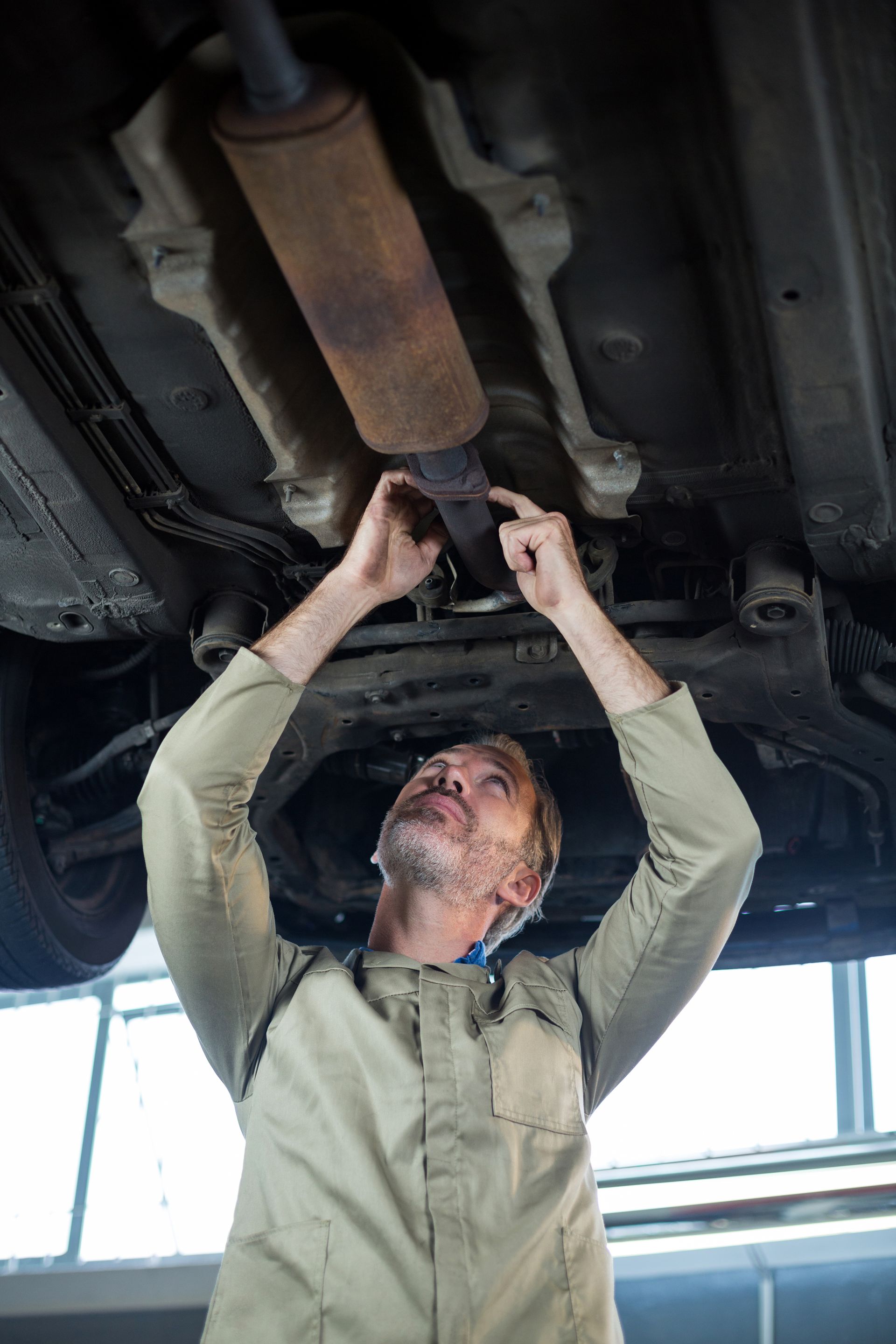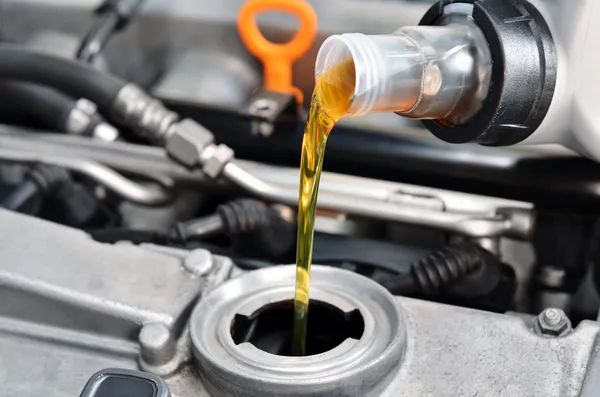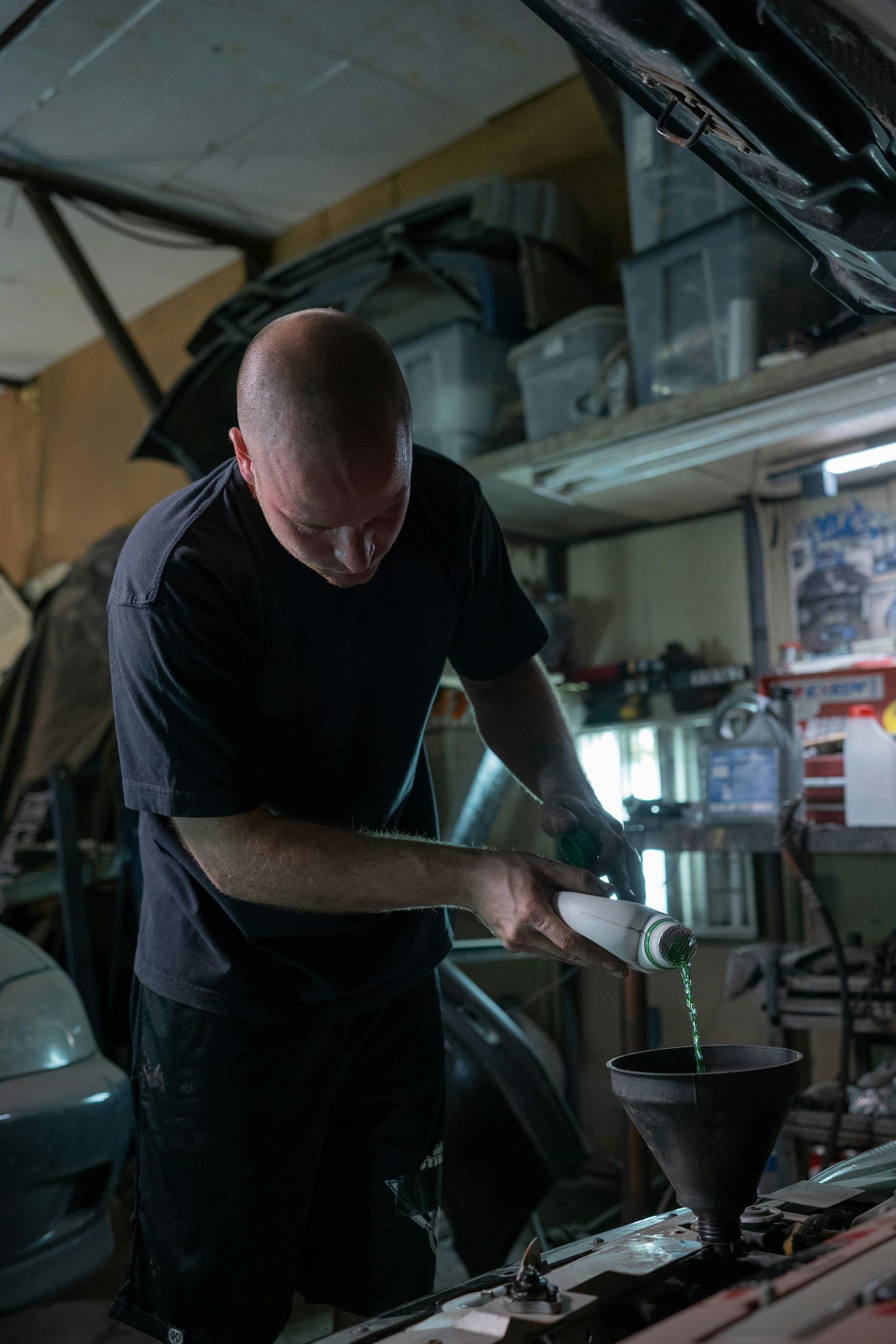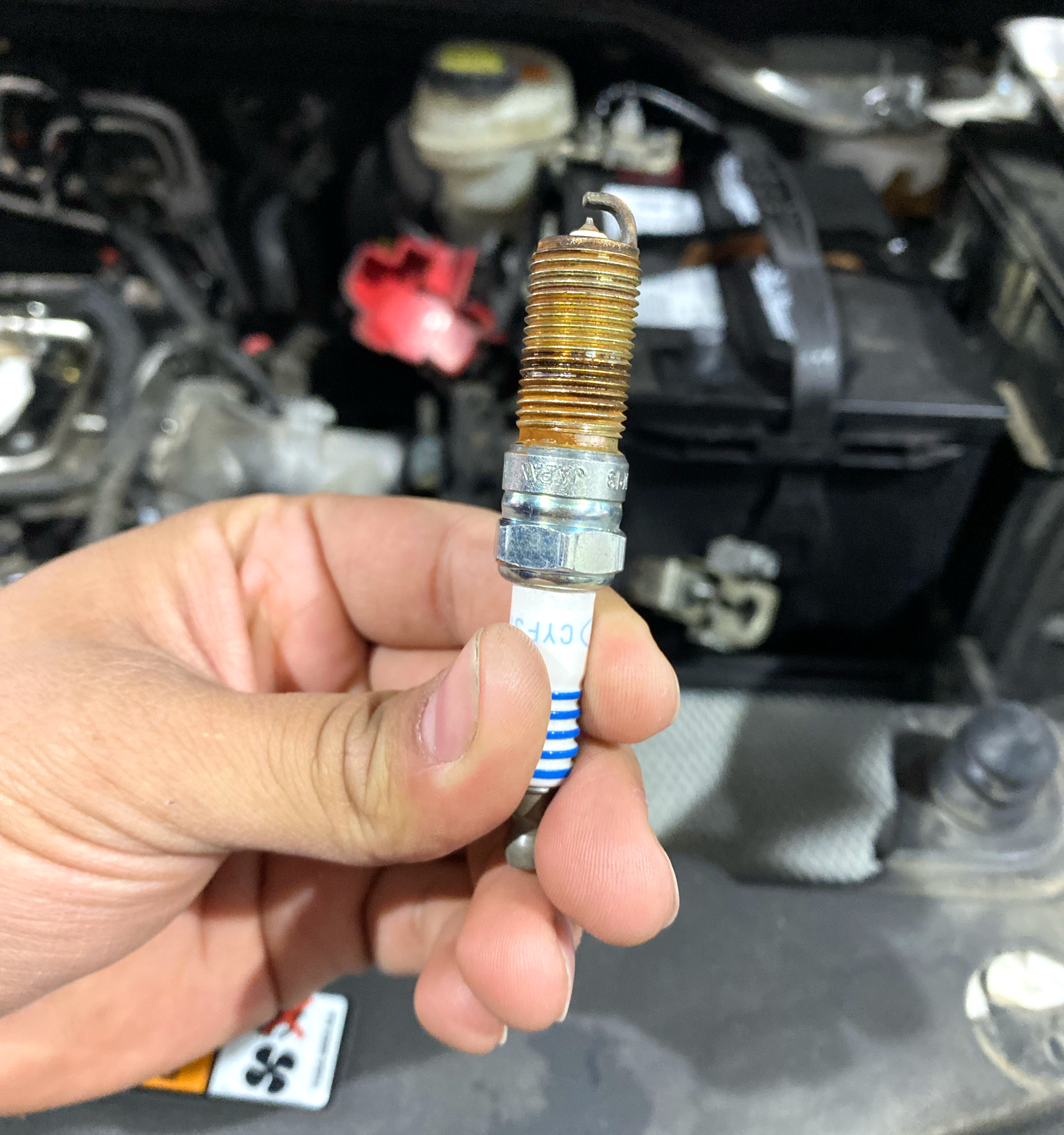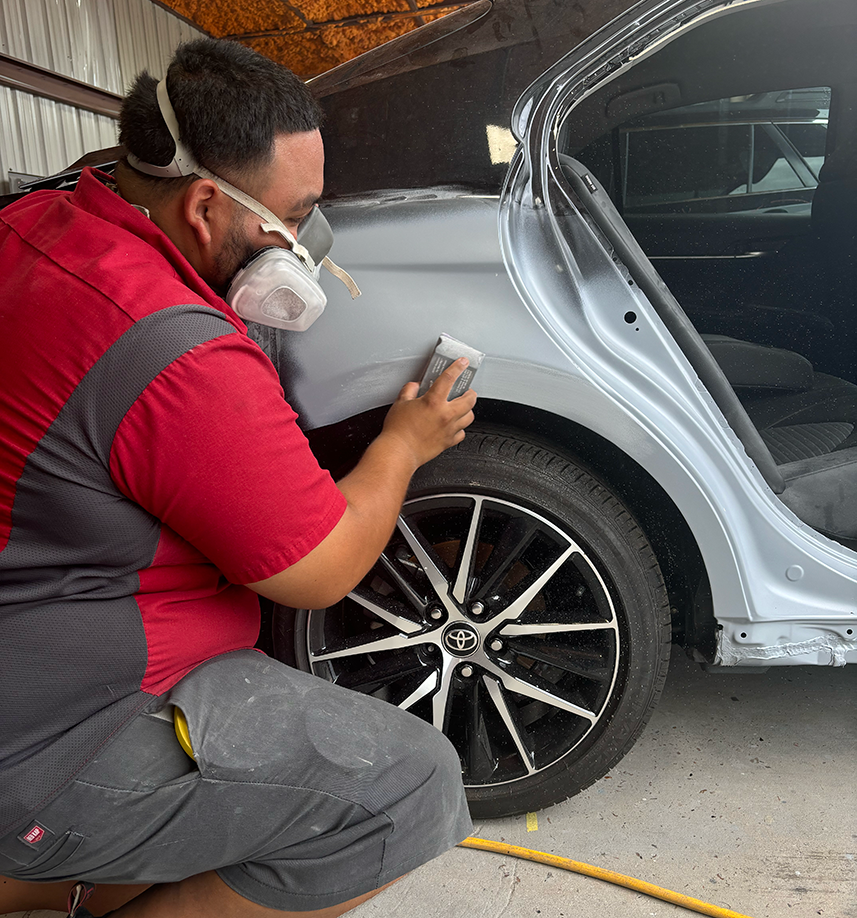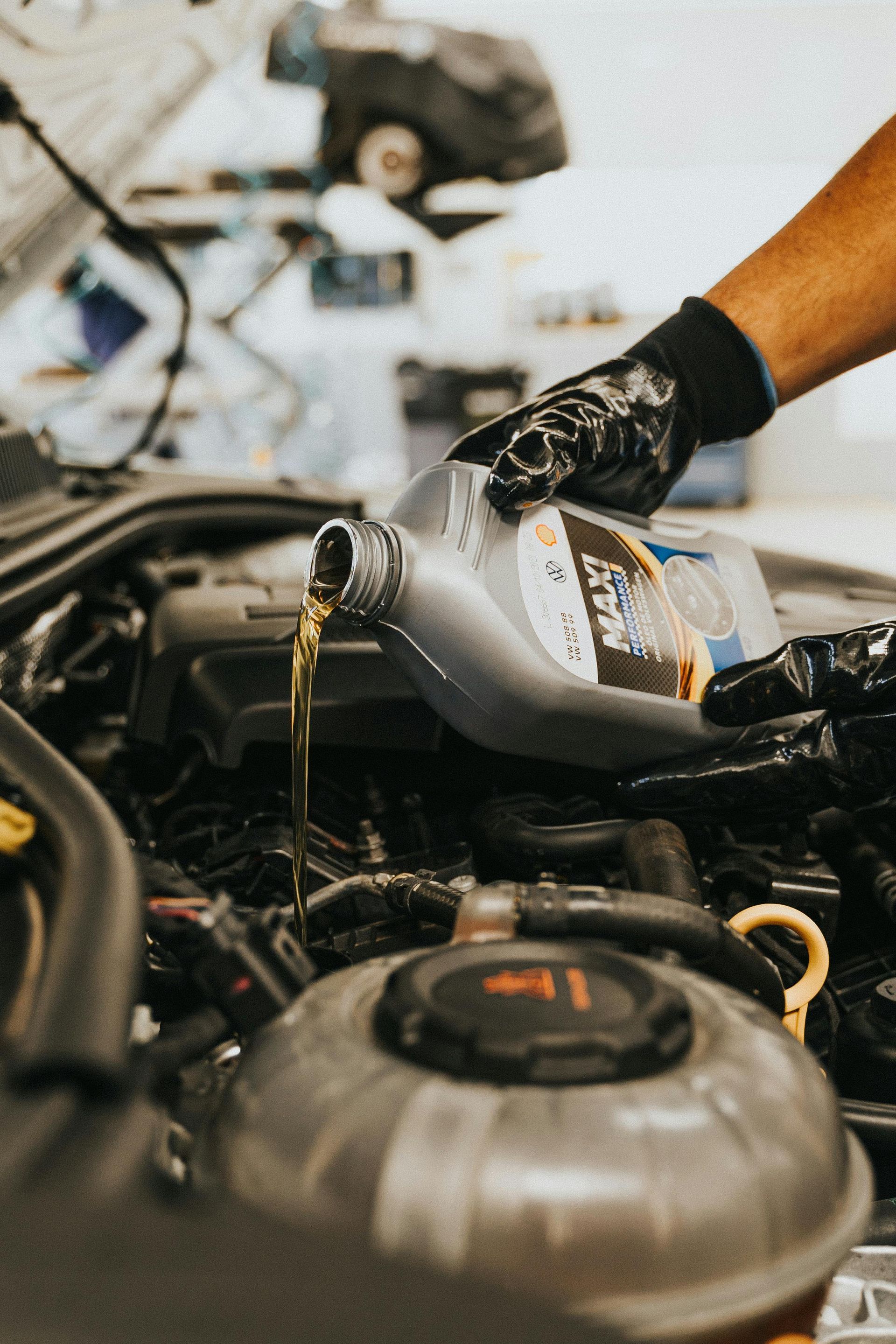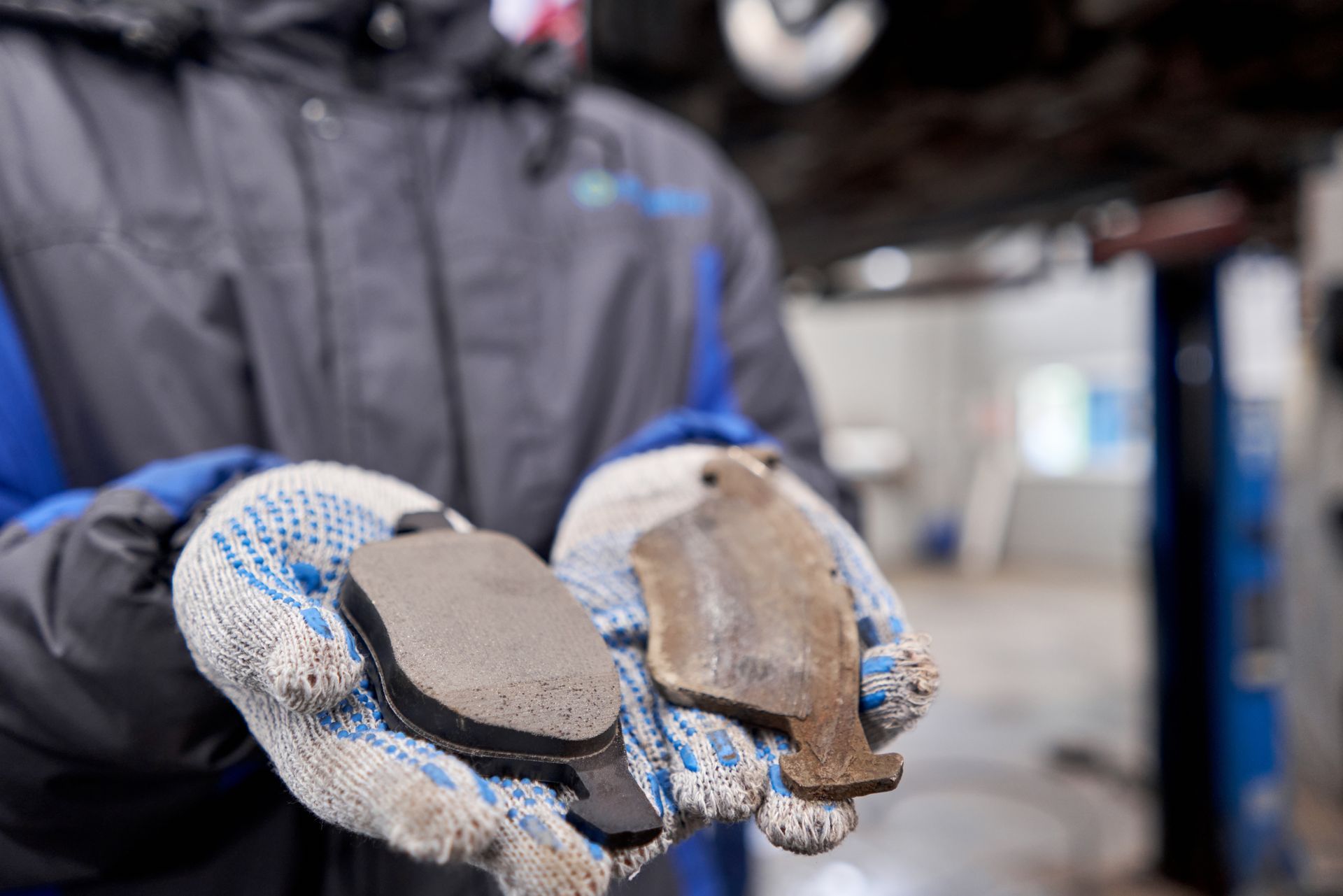If your car feels like it jerks when you accelerate or shift gears, or you notice unusual movement from the engine, your motor or transmission mounts may be to blame. These parts are designed to keep the engine and transmission securely in place while absorbing vibration and shock. When they fail, that stability disappears, and the entire driving experience can start to feel rough, noisy, and unpredictable.
Let’s break down what these mounts do, the signs they’re failing, and why you should take those symptoms seriously.
What Do Engine and Transmission Mounts Actually Do
Mounts are typically made from a combination of metal and rubber. The metal brackets attach the engine and transmission to the car’s frame, while the rubber portions cushion the vibrations and movement that occur during operation.
A properly functioning mount helps your engine run quietly and smoothly. It also prevents movement that could affect other systems, like your exhaust, cooling hoses, and electrical wiring.
Signs That Your Engine or Transmission Mounts Are Worn
As mounts wear over time, the symptoms may show up slowly. Here are some of the most common warning signs:
- Vibration that feels stronger than usual, especially at idle
- Loud clunking sounds when shifting or accelerating
- The engine appears to move or tilt when the car revs
- A sense of instability when changing gears
- Wear on surrounding parts like hoses or connectors
These symptoms might be more noticeable when starting the car, going from park to drive, or accelerating from a stop.
How Mount Failure Affects Engine and Drivetrain Performance
Once a mount begins to deteriorate, your engine may no longer stay properly aligned. That small shift can lead to uneven pressure on drive components and other connected systems. Vibrations that were once absorbed by the mounts now spread through the vehicle’s frame and cabin.
In severe cases, the engine or transmission can move enough to damage nearby parts, including belts, wiring, or fuel lines. This type of damage is preventable when mounts are replaced in time.
Why Mounts Wear Out in the First Place
Rubber naturally breaks down with age and heat exposure. Over time, the material hardens or cracks, reducing its ability to dampen vibration. Vehicles that see frequent stop-and-go driving, hard acceleration, or towing are more likely to wear out mounts faster due to the increased stress.
Oil leaks can also accelerate wear. If engine oil or transmission fluid contacts the mounts, it can soften the rubber and shorten the life of the part.
What Happens During a Mount Replacement
If one or more mounts are found to be worn, a technician will support the engine or transmission before removing the damaged mount. The replacement part is then installed and secured with new hardware. After installation, a test drive confirms that the vibrations and movement have been corrected.
In most cases, mount replacement is a straightforward job when caught early. If damage has spread to other systems, additional repairs may be needed.
When to Schedule an Inspection
If you feel like your engine moves more than it should, or you’ve noticed any of the warning signs above, it’s best to have a technician inspect your mounts. A visual inspection can usually confirm if the rubber has cracked, collapsed, or separated from the metal housing.
Catching the problem early will save you time, money, and the headache of future repairs.
Have Your Mounts Checked by Elite Auto Experts in Houston, TX
At Elite Auto Experts in Houston, we understand how vital motor and transmission mounts are to your vehicle’s performance and comfort. Our experienced technicians can quickly diagnose worn or broken mounts and recommend the right solution.
If your car doesn’t feel as solid as it used to, come see us for a professional inspection. We’re here to keep your engine securely in place and your ride as smooth as it should be.
